Painters
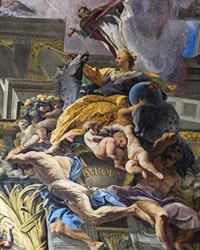
Andrea Pozzo (1642–1709) – a master of painting illusion
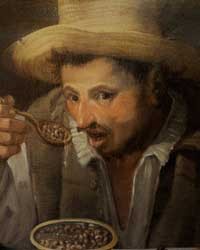
Annibale Carracci (1560–1609) – a straightforward recluse in the world of Roman splendor
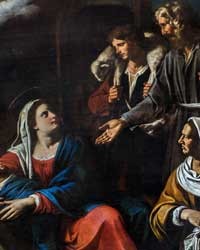
Antiveduto Grammatica (1571–1626) – an expert on heads with an extraordinary name
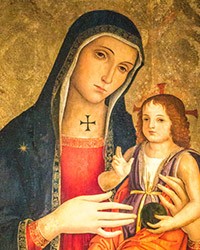
Antoniazzo Romano (1430? – 1512?) – an outstanding imitator of great masters
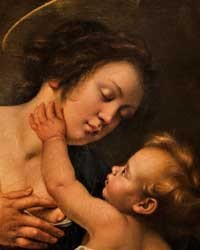
Artemisia Gentileschi (1593–1653) – an unwomanly painter, humiliated and forgotten for centuries
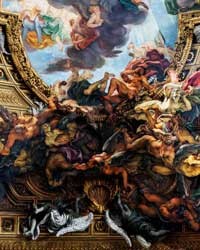
Baciccio (1639–1709) – the creator of heaven and hell on Earth
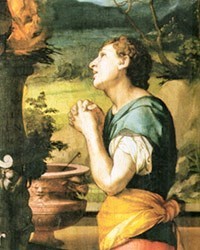
Bronzino (1503–1572) – subtle, refined, and mysterious
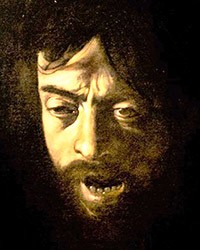
Caravaggio (1571–1610) - a subtle interpreter of the Bible and a common criminal
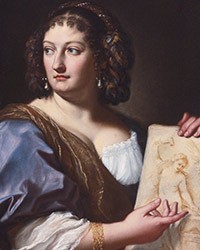
Carlo Maratti (Maratta) (1625–1713) – an outstanding portraitist and a father of an equally outstanding daughter
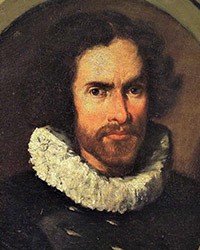
Carlo Saraceni (1579–1620) – an artist somewhere between verismo and idealism
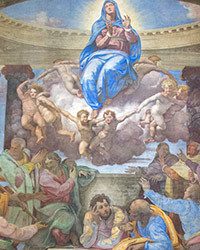
Daniele da Volterra (1509–1566) – sentenced to many years of ridicule
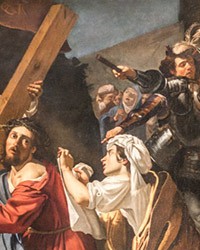
Dirck van Baburen (approx. 1592/93–1624) – a short, intense life of a Caravaggionist from the North
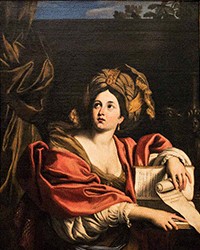
Domenichino (1581–1641), the Roman rise and Neapolitan fall of little Dominic
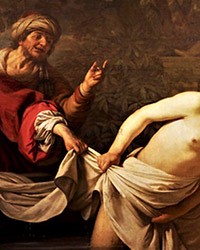
Gerrit (Gerard) van Honthorst (1590–1656) – a restrained nocturnal painter
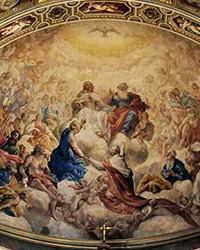
Giovanni Lanfranco (1582–1647) – painter of the Church triumphant
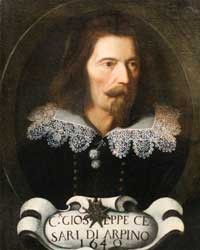
Giuseppe Cesari (1568–1640) – in the past popular, today a forgotten favorite of the popes
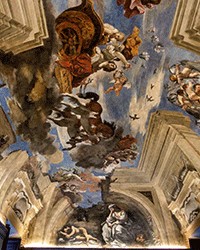
Guercino (1591–1666) – short career of the Pope’s chosen one in Rome
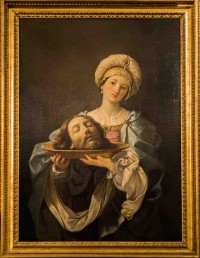
Guido Reni (1575–1642) – a gambler with subtle manners
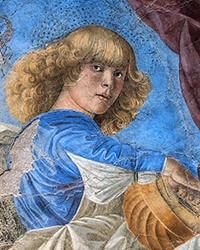
Melozzo da Forlì (1438–1494) – the one who introduced the delicate touch of Renaissance to Rome
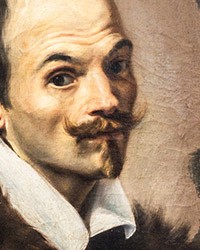
Orazio Borgianni (1574–1616) – a melancholic with intellectual ambitions and an explosive character
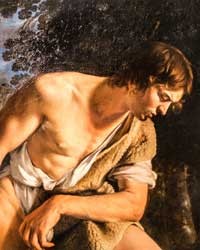
Orazio Gentileschi (1563–1639) – an intimate realist prone to rowdiness
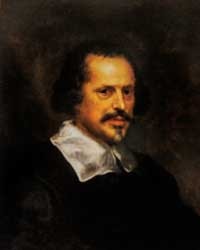
Pietro da Cortona (1596–1669) – a virtuoso of glories, triumphs and apotheoses of all kinds

Pinturicchio (1454–1513) – a creator of a simple, filled with grace storylines
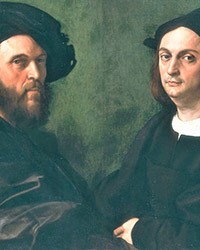
Raphael (1483–1520) – the prematurely deceased genius of the Renaissance
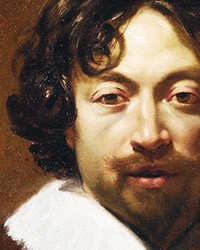
Simon Vouet (1590–1649) – the panache, flair, and richness of the Baroque
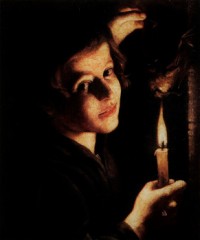
Trophime Bigot (1597–1650) – a mysterious master of candlelight
Zgodnie z art. 13 ust. 1 i ust. 2 rozporządzenia Parlamentu Europejskiego i Rady (UE) 2016/679 z 27 kwietnia 2016 r. w sprawie ochrony osób fizycznych w związku z przetwarzaniem danych osobowych i w sprawie swobodnego przepływu takich danych oraz uchylenia dyrektywy 95/46/WE (RODO), informujemy, że Administratorem Pani/Pana danych osobowych jest firma: Econ-sk GmbH, Billbrookdeich 103, 22113 Hamburg, Niemcy
Przetwarzanie Pani/Pana danych osobowych będzie się odbywać na podstawie art. 6 RODO i w celu marketingowym Administrator powołuje się na prawnie uzasadniony interes, którym jest zbieranie danych statystycznych i analizowanie ruchu na stronie internetowej. Podanie danych osobowych na stronie internetowej http://roma-nonpertutti.com/ jest dobrowolne.